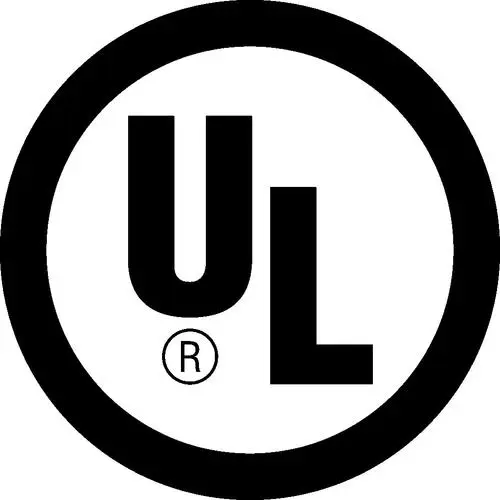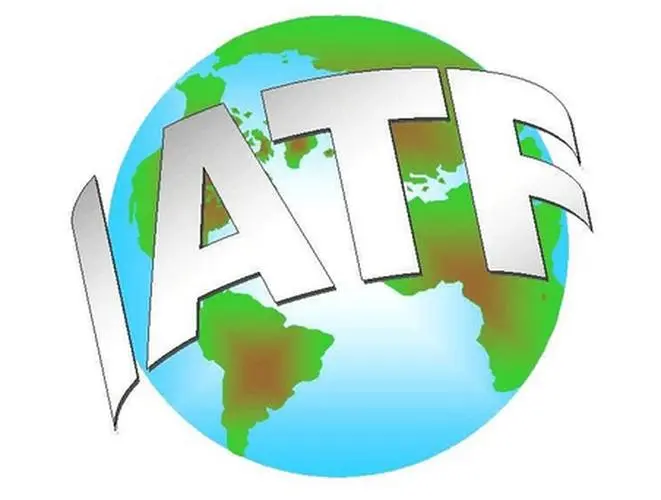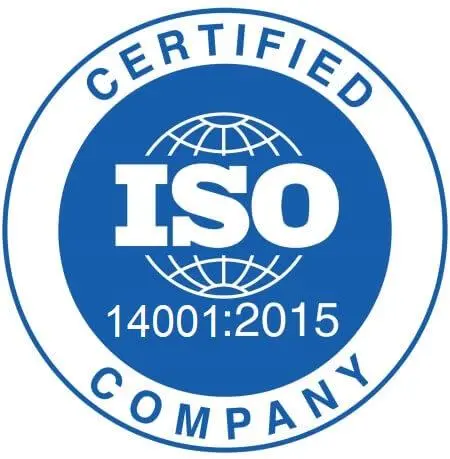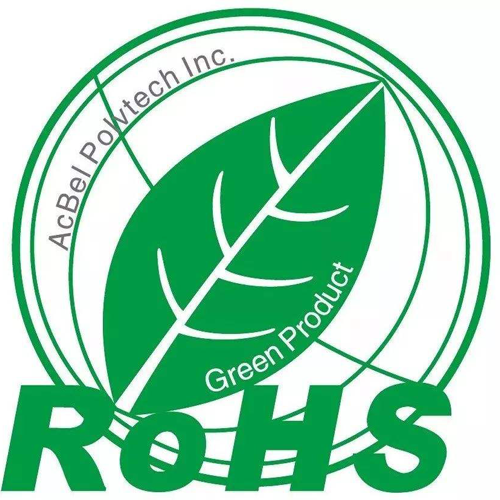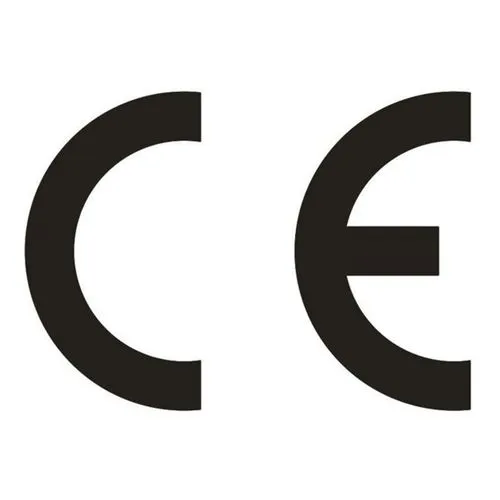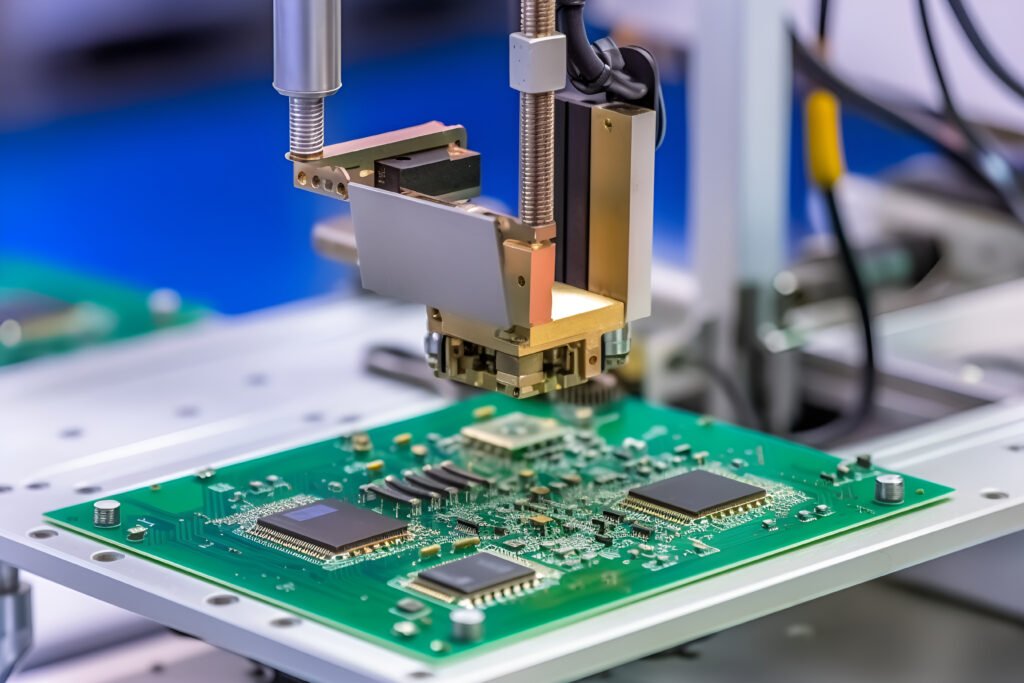What is PCBA Programming?
PCBA Programming refers to the Printed Circuit Board Assembly (PCBA) after the completion of the specific program code or configuration data written to the board memory chip process.This process is like installing an operating system to a freshly assembled computer, or downloading an application to a new mobile phone, which is a key step for hardware to get “smart”.
From a technical point of view, the programming process is actually the transfer of a programme file in binary or hexadecimal format to the Flash or EEPROM of the target chip via a specific communication interface (e.g. JTAG, SWD, UART, etc.).Different types of chips (e.g. MCU, FPGA, CPLD, etc.) may require different programming methods and tools.
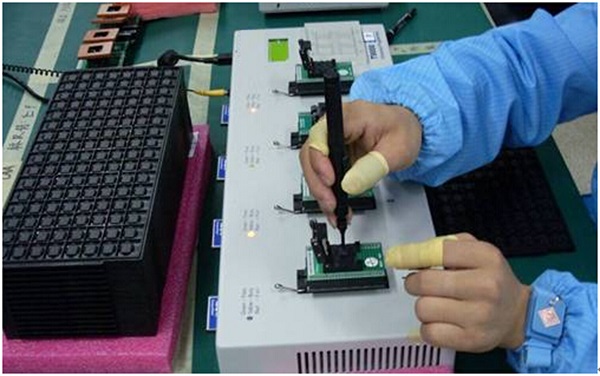
Why is PCBA programming so important?
1. Bridging hardware and software
A PCBA without burn-in is like a blank notebook, although the paper and binding are perfect, the most important content is missing.The programming process is to transform the designer’s intention into hardware executable instructions, which is the link between hardware design and software function.
2. The key to product differentiation
In modern electronic product manufacturing, there is often a trend of “hardware platform”.The same hardware platform by programming different software, can be derived from a number of different models of products.For example, the same smartwatch hardware can be turned into a sports version, a health monitoring version or a business version by programming different firmware.
3. Product Lifecycle Management
During the use of the product, vulnerabilities that need to be fixed or new features that need to be added may be found.Through OTA (over-the-air downloads) or re-burns, product features can be updated to extend the product lifecycle.Tesla, for example, routinely enhances vehicle performance through software updates.
In-depth analysis of common progarmming methods
1. Offline burning (programmer burning)
Offline burn-in refers to the method of individually programming a chip using a dedicated programmer before the chip is soldered.This method is commonly used in high-volume production scenarios.
Detailed Process.
- Put the blank chip into the programmer socket
- Select the correct chip model and burn-in file.
- Set burn-in parameters (e.g. voltage, clock frequency, etc.)
- Execute burn-in and verify
- Mark burned chips (usually with stickers or ink dots)
Advantageous analysis.
- Extremely fast burn-in speed (thousands of chips per hour)
- Early detection of defective chips
- Programmer investment is relatively low
Limitations.
- Unable to detect post-solder functionality
- Requires additional chip handling processes
- Restrictions on chip package type (e.g. BGA package not suitable)
2. In-circuit burn-in (ICT burn-in)
In-circuit burn-in is a way of programming the chips on the board through test points or dedicated interfaces after the PCBA is completed.
Typical implementation:
- Via JTAG/SWD interface: for ARM Cortex series MCUs
- Via UART interface: for use with bootloader
- Via dedicated programming interface: e.g. NXP’s ISP interface
Technical details:
- Often requires specialised burn-in circuitry to be designed
- May require reset circuitry
- Communication rate is affected by PCB layout
Advantages are demonstrated:
- Verifies the functionality of the entire PCBA
- Supports last-minute programme updates
- Ideal for small batch, multi-variety production
Challenges:
- Slow burn speeds
- Requires stable power environment
- Additional requirements for PCB design
3. Automated burn-in systems
Automated burn-in systems have become the trend in mass production.These systems are usually integrated in production lines to achieve an unattended burn-in process.
System Components.
- Robotic arm or automatic feeding device
- High precision positioning system
- Multi-Channel Parallel Burn-in Module
- Automatic detection and sorting system
As a key link between hardware and software, the importance of PCBA burn-in is increasing with the improvement of the intelligence of electronic products.An excellent burn-in solution not only improves production efficiency, but also ensures product quality and provides strong support for the enterprise’s market competition.With the development of new technologies, the burn-in process is becoming smarter, safer and more efficient, continuing to drive the progress of the electronics manufacturing industry.

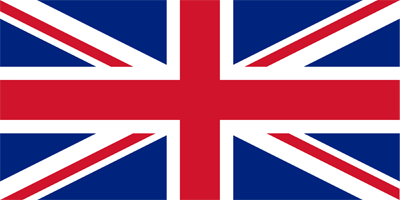 English
English
 中文
中文




